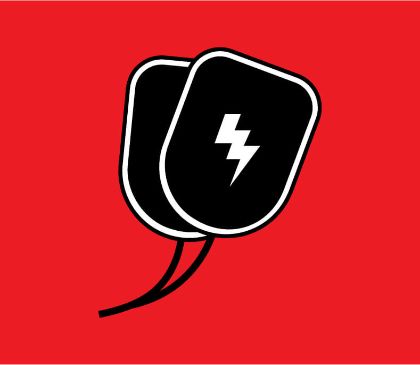CPR Training Becoming A Priority
- Sep 17, 2018

The American Heart Association believes one of the most important factors in helping people survive sudden cardiac arrest is… getting more bystanders to immediately perform CPR at the scene of the incident.
911 and EMS dispatchers should help bystanders assess victims’ condition and start taking prompt action instead of waiting for medical professionals to arrive.
According to the AHA, it is not as common as people might think for dispatchers to provide instructions to bystanders. They have four simple recommendations. After dispatchers help the bystander assess a victim’s condition, they should immediately direct the bystander how to perform CPR if appropriate. When an adult has cardiac arrest not caused by asphyxia, dispatchers need to confidently instruct the bystander in hands-only CPR. Bystanders are often hesitant to perform CPR and need firm, clear encouragement.
Communities can measure the performance of dispatchers and local EMS agencies. One performance metric should be how much time passes before CPR is begun. Finally, these performance measures should be tied into quality assurance programs evaluating the whole emergency response system from EMS personnel to local hospitals. The American Heart Association hopes that following these four simple recommendations will improve the odds of survival for the over 380,000 people assessed for cardiac arrest by EMS personnel each year. The more people trained in CPR and in the use of AEDs, whether 9-1-1 dispatcher or civilian, the better the odds for the next 380,000.








 CALL US:
CALL US: